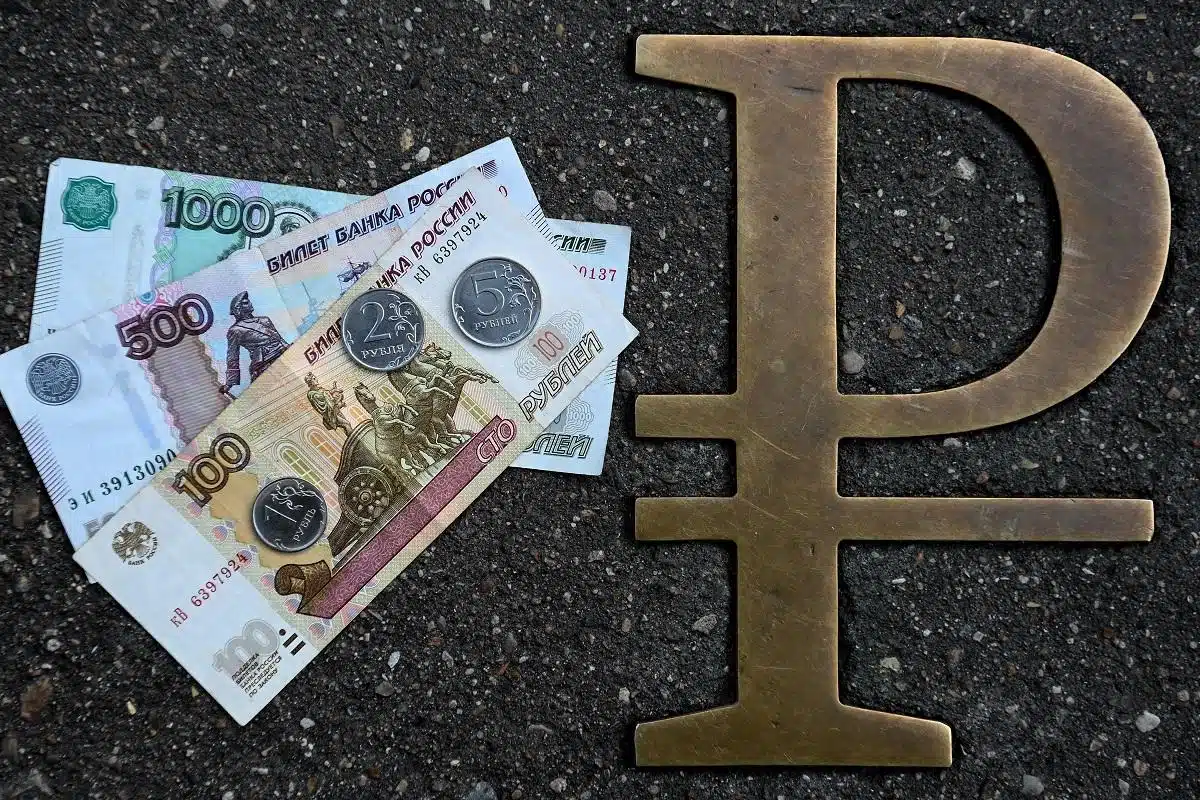The world currency markets have been witnessing a gradual decline in the value of the Russian ruble, a once formidable monetary unit, for a long time. The downward trajectory of the ruble’s value, which began earlier this year, has reached a significant milestone. During the trading session on Friday, its exchange rate against the mighty dollar fell to a staggering 99. This is a historic low not seen since the beginning of the Ukrainian conflict, emphasizing the severity of the ruble’s decline.
The Ruble Has Depreciated by 33% Over the Year
In the first month of the year, the ruble’s exchange rate against the dollar was around 66. However, the ruble has depreciated significantly, losing about a third of its original value. This fall can be attributed to lingering concerns about the Russian economy.
After the invasion of Ukraine in February 2022, Western countries urgently imposed large-scale sanctions, which significantly impacted the economic situation. As a result, the ruble depreciated significantly and reached a staggering low of USD 130. However, to restore stability, the Central Bank of the Russian Federation promptly introduced several capital controls, which helped contain volatility and preserve the ruble’s value. During the summer, the dollar’s exchange rate to the national currency fluctuated within the range of 50-60 units per dollar.
The Reduction of Imports Had a Significant Impact on the Ruble
The imposition of international sanctions led to a marked reduction in imports into the Russian Federation. As noted by Alexei Zabotkin, deputy director of the Central Bank, this decrease weakened the ruble exchange rate.
In a recent press conference, he noted the correlation between the stimulation of domestic demand and the subsequent growth in imports. This growth, combined with limited exports, led to a depreciation of the ruble and, consequently, inflationary pressure on prices.
Zabotkin: There Is No Capital Flight From Russia
Zabotkin dismissed dismissively any speculation that the weakening ruble was fueled by capital flight from Russia.
According to the interlocutor, the hypotheses linking exchange rate fluctuations to notable capital transactions have minimal validity.


